How to Analyze Cross Sections of 3D Solids: A Step-by-Step Guide
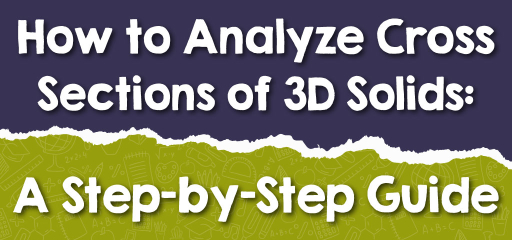
Examples
Practice Questions:
- What will be the shape of a cross-section if a cone is sliced horizontally near its base?
- If a pyramid with a square base is sectioned parallel to its base halfway up, what shape will the cross-section reveal?
- What is the shape of the cross-section when a cylinder is cut at an angle, not parallel to its base or directly vertical?
- If a cube has an edge length of \(6 \text{ cm}\) and is sliced parallel to one of its faces, but only \(2 \text{ cm}\) from the face, what is the area of the resulting cross-section?
- What will be the shape of a cross-section if a triangular pyramid is sliced horizontally near its apex?
- When a cone is cut horizontally close to its tip, what shape does the cross-section reveal, and how does it relate to the base of the cone?
- A smaller circle.
- A smaller square.
- An ellipse.
- \( 36 \text{ cm}^2 \) (It’s a square with the same edge length as the cube).
- A smaller triangle.
- A circle, much smaller than the base.
Original price was: $109.99.$54.99Current price is: $54.99.
Original price was: $109.99.$54.99Current price is: $54.99.
Original price was: $109.99.$54.99Current price is: $54.99.
Related to This Article
More math articles
- Top 10 Tips to Create the TExES Core Subjects Math Study Plan
- What Kind of Math Is on the TSI Test?
- GED Math Test-Taking Strategies
- 7th Grade PARCC Math Practice Test Questions
- 8th Grade MAP Math Practice Test Questions
- Area Models Unveiled: How to Complete Decimal Division Equations
- Using Number Line to Graph Percentages
- 3rd Grade PARCC Math Worksheets: FREE & Printable
- How to Divide Polynomials Using Synthetic Division?
- Hоw to сhооѕе thе right laptop for оnlinе mаth teaching






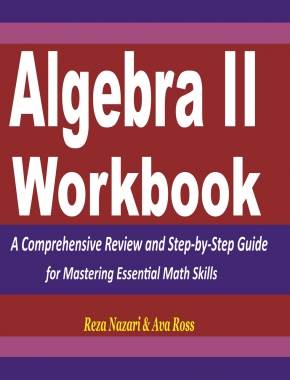


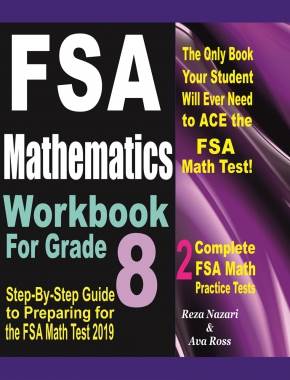





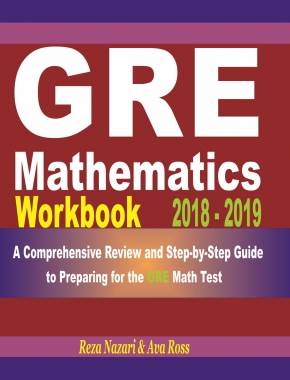
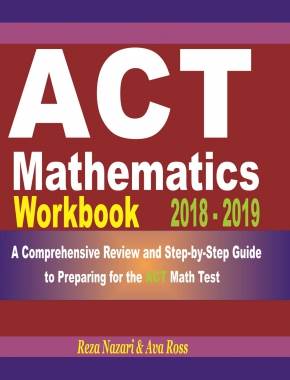











What people say about "How to Analyze Cross Sections of 3D Solids: A Step-by-Step Guide - Effortless Math: We Help Students Learn to LOVE Mathematics"?
No one replied yet.